$44.97 Original price was: $44.97.$31.48Current price is: $31.48.
SKU: D2LSC 746622549 Categories: Evergreen Trees, TREES
- Quality that lasts, prices that don't.
- Experience the difference quality makes.
- Satisfaction Guaranteed
- 100% High Quality Guarantee

Eastern Canadian Hemlock
Tsuga canadensis
Other Names: Canadian Hemlock
Plant Details
USDA Plant Hardiness Zones: 3a-7b (8a in shade?) Find Your Zone
Shrub Type: Coniferous Evergreen Tree
Height at Maturity: 40-50’+
Width at Maturity: 20-30′
Spacing: 15′ for privacy screen; 35′ for space between trees
Growth Habit / Form: Upright Pyramid, Pendulous
Growth Rate: Moderate
Flower Color: None
Flower Size: NA
Flowering Period: NA
Flower Type: NA
Fragrant Flowers: No
Foliage Color: Medium to Dark Green to Grey-Green, Light Green new growth
Fragrant Foliage: No
Berries/Cones: Yes, on older plants
Berry/Cone Color: Brown
Sun Needs: Part Shade to Shade
Water Needs: Average; maintain a damp to moist soil during a summer drought
Soil Type: Clay (amend heavy clay to ensure good drainage), Loam, Silt, Sand (amend quick draining soils for moisture retention)
Soil Moisture: Moist But Well Drained; does not like soil to dry completely out during hot summer droughts
Soil pH: 4.0-6.0 (Acid to Moderately Acid)
Maintenance / Care: Very Low
Attracts: Birds, Visual Attention
Resistances: Cold Temps (-40F), Deer, Disease, Rabbit, Shade
Description
A beautiful North American native coniferous evergreen tree and the state tree of Pennsylvania, Tsuga canadensis, commonly known as the Eastern Hemlock or Canadian Hemlock, is a lovely tree for the home landscape. You just want to make sure it’s located and planted properly. In its natural habitat, it is native to moist woods, moist slopes, rocky hillsides and ridges, wooded ravines, and stream valleys from eastern Canada south to Maine and Wisconsin and further south in the Appalachian Mountains to Georgia and Alabama. It thrives in shade to part shade (avoid direct afternoon sun) and consistently moist but well-drained soils of average fertility. It has a dense pyramidal form with gracefully drooping branches and stems clothed in short dark-green needles arranged in two rows. The tree can reach heights of 40 to 70 feet and widths of 25 to 35 feet, but are most often seen in home landscapes at the lower ranges in size, with lower branches drooping to the ground. Thick and ridged bark on mature trees is red-brown to gray-brown. An excellent evergreen focal point specimen for shade gardens and woodland gardens.
Landscape & Garden Uses
Growing 40 to 70 feet tall and 20 to 30 feet wide, most often at the lower ranges in the home landscape, the Eastern Hemlock is ideal for use as a focal point specimen, in groupings or in staggered and/or curved rows in privacy screens. Straight rows just don’t do this natural beauty justice. A fine addition to shady woodland gardens, rock gardens, native gardens, Asian themed gardens, and conifer gardens.
Growing Preferences
The Eastern Hemlock is easy to grow in most any acidic, moist but well-drained soil of average fertility and part shade to full shade. It will handle the morning and evening sun but appreciates some shade or filtered sun during the afternoon hours. Constantly soggy soil or standing water is problematic, so plant in a well-drained site and avoid overwatering. Established trees have moderate drought tolerance but will appreciate supplemental water during extended periods of summer drought. Maintenance is minimal as this is not a tree you want to prune or shear! No pruning is required though damaged branches can and should be removed if and when they appear.
Helpful Articles
How To Plant & Care For Canadian Hemlocks
Plant Long & Prosper!
Questions? Contact Us
Be the first to review “Eastern Canadian Hemlock (Tsuga Canadensis) – 1 Gallon Pot” Cancel reply
Related products
Sale!
Sale!
Sale!
Sale!
Sale!
Sale!
Sale!
Sale!






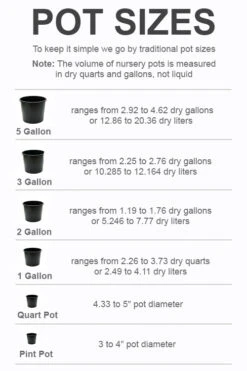


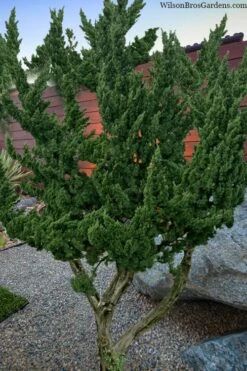

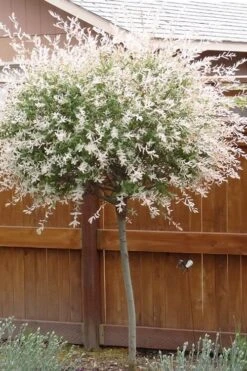
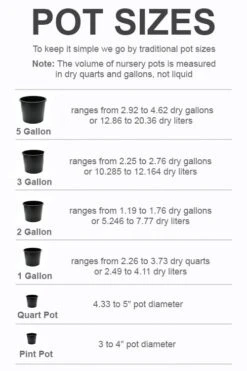



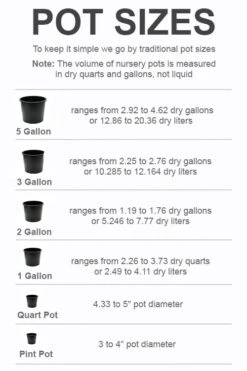
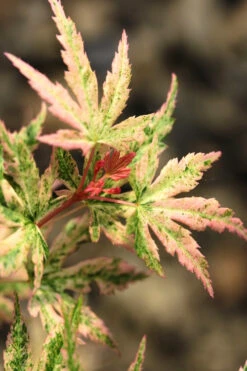
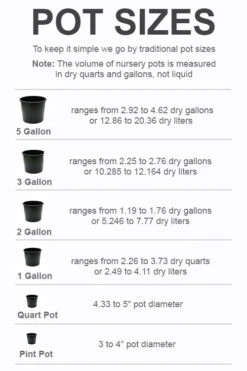
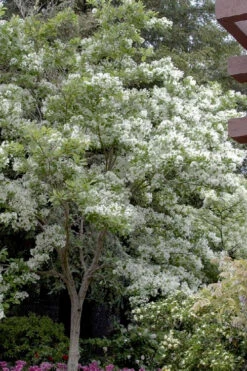
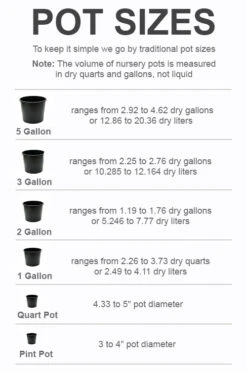

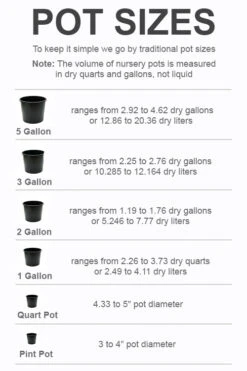
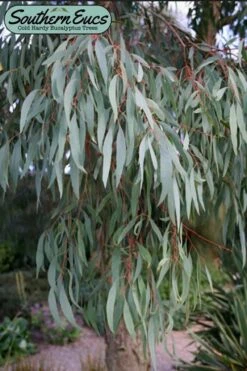
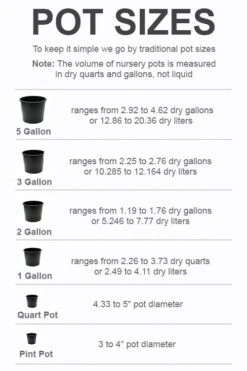
Reviews
There are no reviews yet.